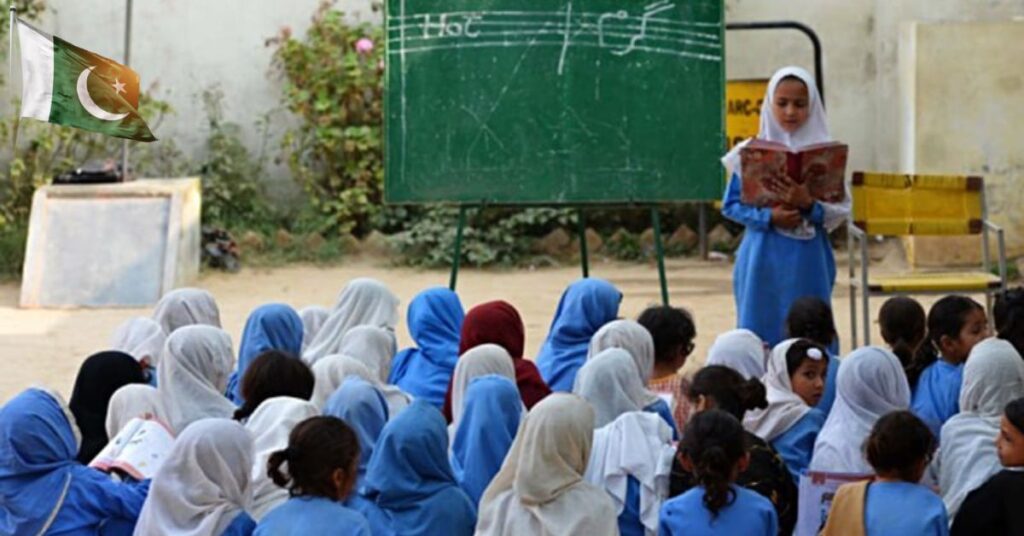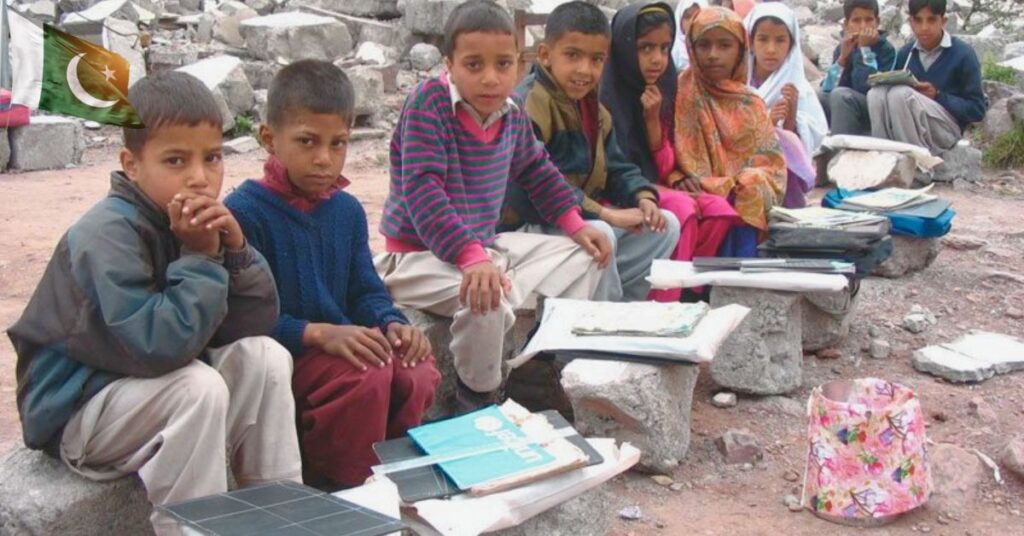In the progress of every country education is the foundation. It helps to improve society, the economy grows and makes the country stronger worldwide. But in the province of Balochistan, the education system is struggling in a critical situation because of a lack of funds, weak school facilities, and poor planning. If this situation doesn’t change soon, the future of Balochistan’s youth will be destroyed.
Balochistan’s education sector is plagued by severe financial neglect. Despite multiple funding promises, the province’s 2024-25 budget allocated only Rs 146.9 billion to education, a mere 15.37% of total provincial expenditure. In contrast, Punjab and Sindh receive significantly higher funding, making it difficult for Balochistan to meet even basic educational standards. While UNESCO recommends allocating 4-6% of GDP to education, Pakistan’s overall expenditure remains at just 1.7%, leaving Balochistan with limited resources to improve its failing system.

The Harsh Reality: Students Forced to Drop Out
In the province of Balochistan, many talented students have to give up on their dreams and goals because there are not enough scholarships or financial aid. This has a heartbreaking effect on their lives. My childhood friend wanted to go for a better education, but he had to drop out because he couldn’t afford the tuition fees. Since the government didn’t help him, for support the family he had to do hard labor. Sadly, many other students in Balochistan face the same struggle.
Educational Exclusion: The Highest in Pakistan
In the country of Pakistan, Balochistan has the most children out of school. Sadly, 22.1% of schools in the province of Baochistan are not working properly, and in the villages, the situation is even worse. Cities like Quetta have a literacy rate of 64%, some remote areas have only 35%. According to UNICEF reports that nearly 70% of young children in rural Balochistan do not go to school. This is a big and serious problem that needs urgent action so every child can get the education that they deserve.
Also Read: Palestinian Students Arrive in Karachi to Continue Their Studies Amid Gaza Crisis
Teacher Shortages and Overcrowded Classrooms
One of the biggest problems in the schools of Balochistan is the number of students per teacher. UNESCO says, in primary schools, there should be one teacher for every 30 students, but in Balochistan, one teacher often has to manage more than 50 students. There aren’t enough trained teachers, especially female teachers, which makes it even harder for girls to go to school for education. The Higher Education Commission plans to train 200,000 new teachers by 2030, but special efforts are needed to train and hire teachers for the areas that need them the most.
Rural-Urban Disparities in Education
In Balochistan, more people are moving to cities, and now 55% of the population lives in urban areas. That means there is a lot of higher demand for better schools in the cities like Quetta. But in villages, many schools don’t have electricity, proper toilets, or clean water. Due to these reasons, fewer children go to school, and many children drop out. To fix this problem, we need to invest more and more in village schools and bring in digital learning tools.

Policy Reforms: The Path Forward
Pakistan for 2015 did not achieve the education goals set and is still moving toward its new education target slowly, SDG 4. The government has launched the National Education Policy Framework (NEPF) 2024 to improve this critical situation, aiming to:
- Reduce student dropout rates by 30% by 2027
- Establish a standardized national curriculum
- Expand skill-based education for employment opportunities
- Enhance teacher certification programs
While these policies are promising, bureaucratic inefficiencies and financial constraints threaten their implementation. Without proper execution, these reforms will remain on paper, failing to bring real change.
Investment in Education:
Education is not a cost but also it is an investment in the future of Balochistan. Those countries that focus on education, reduce poverty, grow faster, and build stronger democracies. To ensure long-term development, the government must:
- Allocate at least 4% of Balochistan’s GDP to education
- Ensure fair distribution of resources across all districts
- Reopen non-functional schools
- Recruit and train more female teachers
- Introduce advanced educational technology for remote areas
- Promote transparency in education funding
A Call to Action for a Brighter Future
Balochistan’s progress depends on education reforms. Children in Quetta and beyond deserve a quality and better education system, skilled teachers, and equal opportunities to succeed in their lives. To achieve this, communities, leaders, and businesses must work together to make education a top priority.
Spread the Word!
Share this article with your friends, family, and on social media platforms to raise awareness about the education of Balochistan.

